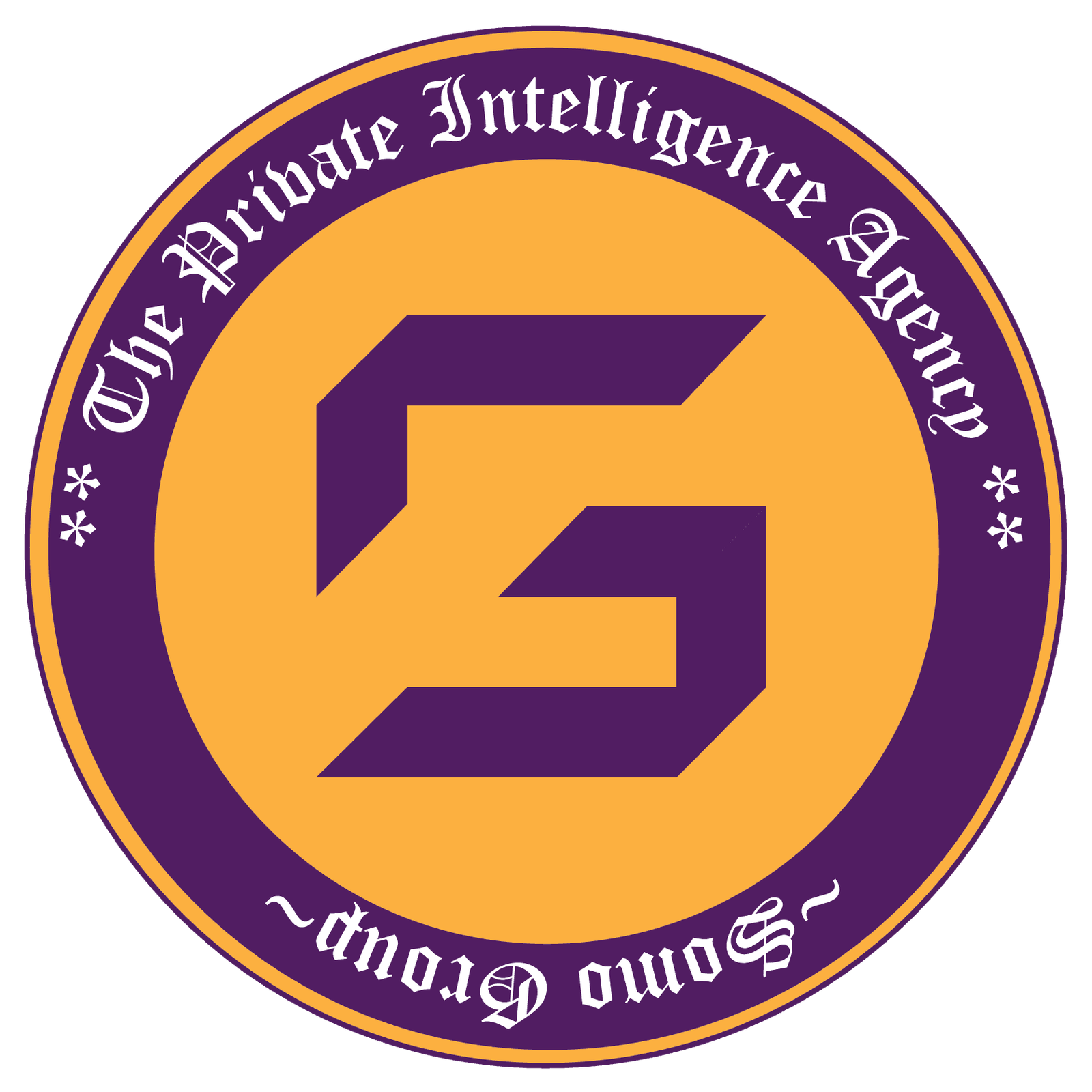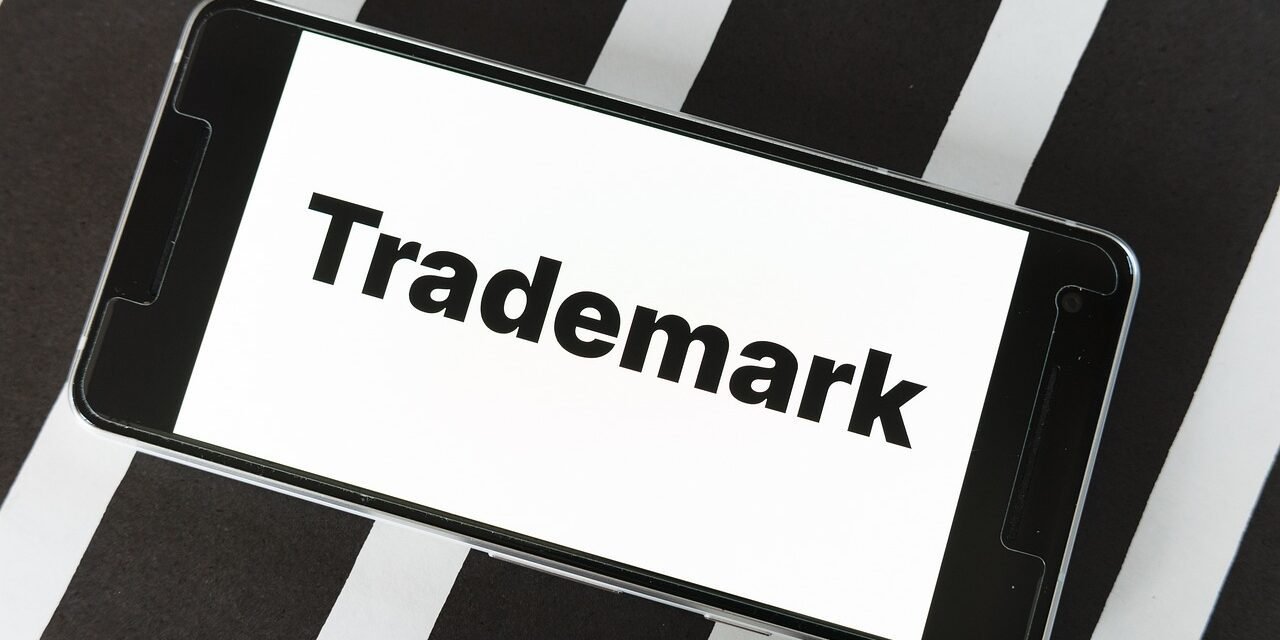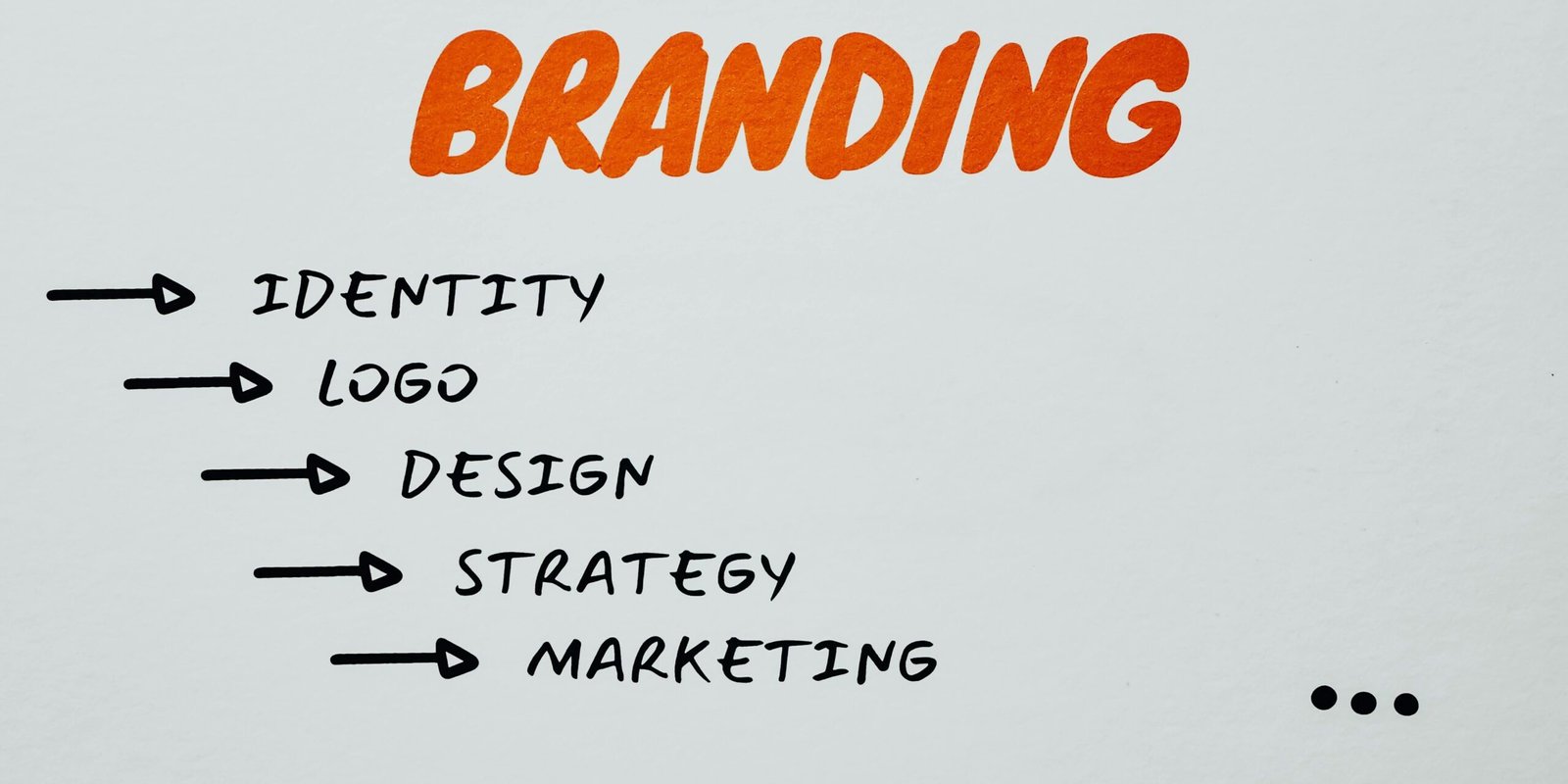Intellectual Property Infringement
Intellectual Property Infringement
Intellectual property infringement is a significant issue that affects creators, businesses, and consumers worldwide. Understanding the various types of intellectual property, how infringement occurs, and the legal consequences can help protect and enforce these valuable assets. This comprehensive guide explores intellectual property infringement, its impact, and the steps to address and prevent it.
What is Intellectual Property?
Types of Intellectual Property
Intellectual property (IP) refers to creations of the mind, such as inventions, literary and artistic works, designs, symbols, names, and images used in commerce. The primary types of intellectual property include:
- Patents: Protect inventions and grant the patent holder exclusive rights to use, produce, and sell the invention for a specified period.
- Trademarks: Protect brand names, logos, and other symbols that distinguish goods and services from those of competitors.
- Copyrights: Protect original works of authorship, such as books, music, films, and software, giving the creator exclusive rights to reproduce, distribute, perform, and display the work.
- Trade Secrets: Protect confidential business information, such as formulas, processes, or methods, that give a competitive edge.
Importance of Intellectual Property Protection
Protecting intellectual property is crucial for fostering innovation, creativity, and economic growth. It ensures that creators and businesses can benefit from their investments and efforts, encourages the development of new products and services, and promotes fair competition.
Understanding Intellectual Property Infringement
Definition of Intellectual Property Infringement
Intellectual property infringement occurs when someone uses, reproduces, or distributes protected intellectual property without authorization from the IP owner. This unauthorized use violates the exclusive rights granted to the IP owner and can lead to legal action.
Common Forms of Intellectual Property Infringement
- Patent Infringement: Unauthorized making, using, selling, or importing of a patented invention.
- Trademark Infringement: Unauthorized use of a trademark that is likely to cause confusion about the source of goods or services.
- Copyright Infringement: Unauthorized reproduction, distribution, performance, or display of a copyrighted work.
- Trade Secret Misappropriation: Unauthorized acquisition, use, or disclosure of a trade secret.
Examples of Intellectual Property Infringement
Patent Infringement
Example: A company develops and sells a product that incorporates a patented technology without obtaining a license from the patent holder.
Impact: The patent holder may lose potential licensing revenue and market share. The infringing company may face lawsuits, financial penalties, and injunctions.
Trademark Infringement
Example: A business uses a logo that is confusingly similar to a well-known brand’s logo, leading consumers to believe there is an association between the two companies.
Impact: Trademark infringement can dilute the original brand’s identity, cause customer confusion, and result in lost sales and damage to the brand’s reputation.
Copyright Infringement
Example: An individual downloads and distributes a copyrighted movie without the permission of the copyright holder.
Impact: Copyright infringement can lead to significant financial losses for creators and publishers. It also undermines the incentives for producing new creative works.
Trade Secret Misappropriation
Example: A former employee of a technology company steals proprietary software code and shares it with a competitor.
Impact: Trade secret misappropriation can result in the loss of competitive advantage and market position. Legal action may be necessary to recover damages and prevent further disclosure.
Legal Framework for Intellectual Property Infringement
United States
In the United States, intellectual property rights are protected by various laws:
- Patent Law: Governed by the United States Patent and Trademark Office (USPTO) under Title 35 of the U.S. Code.
- Trademark Law: Governed by the Lanham Act, which provides federal protection for trademarks.
- Copyright Law: Governed by Title 17 of the U.S. Code, providing protection for original works of authorship.
- Trade Secret Law: Governed by the Defend Trade Secrets Act (DTSA) and state laws, protecting trade secrets from misappropriation.
Kenya
In Kenya, intellectual property rights are protected by:
- Patent Law: Governed by the Kenya Industrial Property Institute (KIPI) under the Industrial Property Act.
- Trademark Law: Governed by the Trade Marks Act, providing protection for registered trademarks.
- Copyright Law: Governed by the Copyright Act, overseen by the Kenya Copyright Board (KECOBO).
- Trade Secret Law: While there is no specific trade secret law, protection is provided under contract law and principles of equity.
International Treaties
Several international treaties provide a framework for intellectual property protection:
- Paris Convention: Establishes standards for patent and trademark protection among member countries.
- Berne Convention: Provides protection for literary and artistic works among member countries.
- TRIPS Agreement: Part of the World Trade Organization (WTO) agreements, setting minimum standards for intellectual property protection.
Addressing Intellectual Property Infringement
Monitoring and Detection
IP owners must actively monitor the market for potential infringements. This can involve:
- Patent Searches: Regularly conducting searches to identify potential patent infringements.
- Trademark Watch Services: Using services to monitor new trademark filings and market activity.
- Online Monitoring Tools: Using tools to track the use of copyrighted works and trademarks on the internet.
Legal Actions
When infringement is detected, IP owners can take various legal actions:
- Cease-and-Desist Letters: Sending a formal letter demanding that the infringer stop using the intellectual property and remove any infringing materials.
- Negotiations: Attempting to resolve the issue through direct negotiations with the infringer.
- Filing a Lawsuit: Taking legal action to seek injunctions, damages, and other remedies.
- Customs Enforcement: Working with customs authorities to prevent the importation of infringing goods.
Preventive Measures
IP owners can take several steps to prevent infringement:
- Register Your IP: Ensure your intellectual property is registered in all relevant jurisdictions.
- Use Clear Markings: Use clear and conspicuous markings to indicate that the property is protected by intellectual property rights.
- Educate Your Team: Train employees and partners on the importance of IP protection and how to identify potential infringements.
Consequences of Intellectual Property Infringement
For Infringers
Intellectual property infringement can lead to severe consequences for the infringer, including:
- Legal Penalties: Infringers may face court-ordered injunctions, monetary damages, and payment of the IP owner’s legal fees.
- Reputational Damage: Being found guilty of infringement can harm the infringer’s reputation and lead to loss of customer trust.
- Business Disruption: Infringers may be required to rebrand, recall products, or shut down operations, leading to significant business disruption and financial loss.
For IP Owners
While IP owners can take action against infringers, they may also face challenges:
- Legal Costs: Pursuing legal action can be expensive and time-consuming.
- Market Confusion: Ongoing infringement can lead to market confusion and dilution of the IP’s distinctiveness.
- Loss of Revenue: Infringement can lead to lost sales and revenue for the IP owner.
Technological Solutions for Detecting Infringement
Digital Rights Management (DRM)
DRM technologies control the use of digital content, preventing unauthorized copying and distribution. These technologies can be used to protect music, movies, software, and other digital works.
Content ID Systems
Automated systems, such as YouTube’s Content ID, identify and manage copyrighted content on digital platforms. These systems help detect unauthorized use and allow copyright holders to monetize or block infringing content.
Watermarking
Digital watermarks embedded in images, videos, and documents can help track and identify copyrighted material. Watermarks make it easier to prove ownership and detect unauthorized use.
The Role of Professional Services
Investigative Services
In complex cases of intellectual property infringement, professional investigative services can be invaluable. These services can help:
- Identify Infringers: Track down individuals or entities responsible for infringement.
- Gather Evidence: Collect and document evidence of infringement for legal proceedings.
- Enforce Rights: Assist in taking legal action against infringers.
Legal Counsel
Engaging legal counsel with expertise in intellectual property law is crucial for navigating infringement cases. Lawyers can provide:
- Legal Advice: Guidance on the best course of action based on the specifics of the case.
- Representation: Legal representation in negotiations, court proceedings, and other legal actions.
- IP Registration: Assistance with registering and maintaining intellectual property portfolios.
Ethical Considerations in IP Enforcement
Balancing Protection and Access
While protecting intellectual property is important, it’s also essential to balance protection with access to information and cultural works. Overly aggressive enforcement can stifle creativity and access to knowledge.
Fair Use and Exceptions
Intellectual property laws include exceptions, such as fair use, which allow limited use of protected works without permission for purposes like criticism, comment, news reporting, teaching, scholarship, or research. Understanding these exceptions is crucial to ensure that enforcement actions do not overreach.
Conclusion
Intellectual property infringement is a serious issue that can have significant legal, financial, and reputational consequences for both the infringer and the IP owner. By understanding the various types of intellectual property, recognizing common forms of infringement, and taking proactive steps to protect and enforce your rights, you can safeguard your valuable assets. If you encounter intellectual property infringement, consider seeking professional assistance from investigative services or legal counsel to address the issue effectively.
- 62 views





